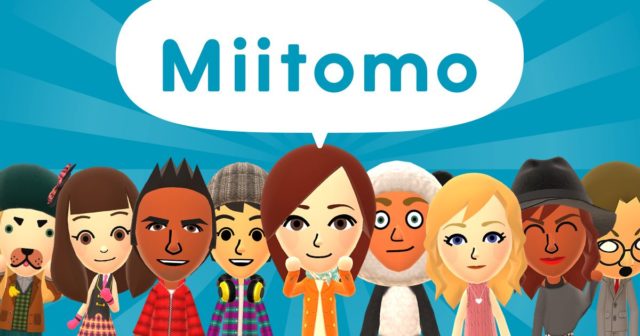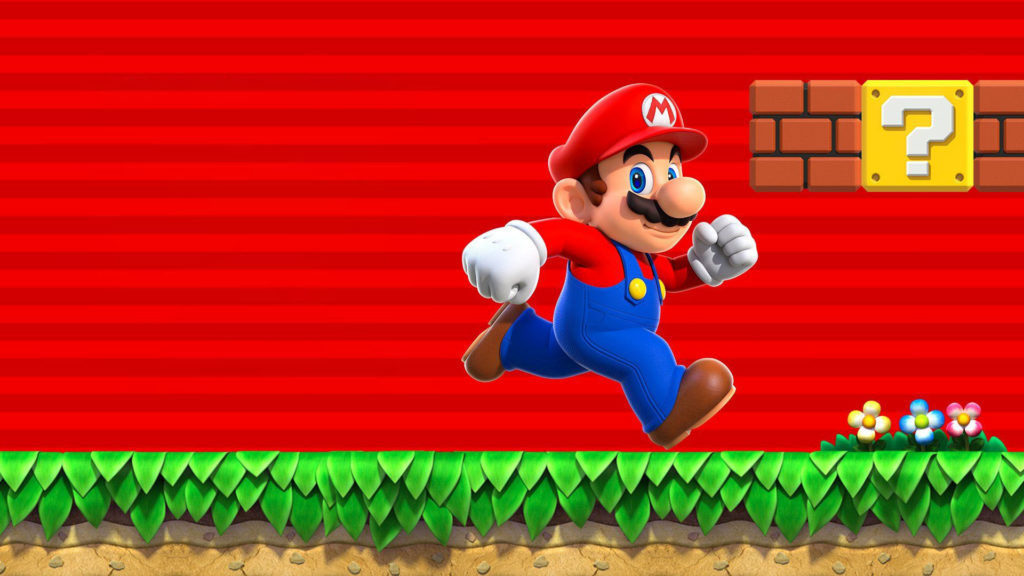The most surprising announcement at the recent Apple Event wasn’t the new iPhones or the new Apple Watch, it was the fact that Nintendo is producing Super Mario Run for iPhones. The news boosted Nintendo’s stock and generated much speculation about Nintendo’s future plans. Taking a closer look at Nintendo’s present situation and likely future, there are three important lessons for marketers.
Use Brand Power Effectively
Nintendo creating a mobile game for Apple’s iPhone is certainly a great move that was very well received by Nintendo fans, Nintendo investors and media observers. Not much was shown of the actual gameplay of Super Mario Run, but we were told the game can be played with one hand and that it will not be ‘free-to-play’ in the usual sense. Nintendo later clarified that the game will be “free-to-start,” but that at some point, you will be asked to pay a one-time fee to unlock the remainder of the content. The positive response to Super Mario Run should be attributed mostly to the power of Nintendo’s Mario brand, rather than any detailed look at the game’s design or its value.
This is a prime example of what the power of a great brand can bring you when wielded in the proper way. Nintendo gained billions of dollars in market value and has perhaps tens of millions of downloads waiting to happen when Super Mario Run becomes available, all from the right announcement in the right time and place. Marketers should note well just how much impact the Mario brand has—it’s something to strive for with any game brand.
But important questions remain before we judge this game to be a winner before it arrives. What will the actual pricing be, and how will that compare to the play value of the game? The game’s success in terms of revenue will depend on this choice. Digital pricing can be changed if it’s not performing well, and Nintendo could test out different price points with short-term sales.
Nintendo’s first attempt at a mobile product, Miitomo, is less of a game than it is a social network, and it had strong initial success, but quickly declined. Currently, it’s somewhere around rank 1000 in terms of downloads according to App Annie. SurveyMonkey looked at the game after its first month and saw a high churn and low return engagement. “While we suspect that the Nintendo brand earned Miitomo many downloads, the game struggled to keep users interested,” SurveyMonkey noted. Super Mario Run will certainly earn plenty of downloads based on Nintendo’s brand, but the success of the game will depend on the quality of the game itself. Brand power alone cannot keep gamers engaged or get them to spend money.

Leverage Market Success When It Happens
The greatest success story for Nintendo this year has been a game it had no hand in designing or bringing to market: Pokémon GO. This game, created by Niantic Labs under license from The Pokémon Company (which is partly owned by Nintendo), had no input from Nintendo at all, and Nintendo gets no direct financial benefit from it. Niantic’s Pokémon GO has been a fantastic success, becoming the fastest mobile game ever to hit $500 million in revenue, taking just over 60 days. The fascinating thing about this success is the way it’s affected Nintendo products. Nintendo’s sales of the 3DS line and its latest Pokémon games shot up the month after the release of Pokémon GO.
Nintendo’s 3DS line saw an 83 percent increase in sales for August, with the Nintendo 2DS clocking an astounding 500 percent jump in sales. Nintendo also reported an increase of 57 percent for the sales of 3DS first-party games for August, including both physical and digital copies. It shouldn’t be a surprise that Pokémon Omega Ruby and Alpha Sapphire reached the ninth and eleventh spots, respectively, on the retail sales chart last month.
This would seem to validate the feasibility of Nintendo’s prime desire for mobile games: To use mobile games to increase sales of Nintendo’s console hardware and software. This occurred without any marketing effort on Nintendo’s part. It was just the enormous success of Pokémon GO that caused the rise in associated hardware and software. Imagine if Nintendo was really trying, perhaps by putting in ads for Super Mario console games inside of Super Mario Run? Nintendo is already selling the Pokémon GO Plus accessory very briskly, showing how the company can capitalize on the success of a mobile game. It’s very interesting to note that a $35 peripheral is selling very well for a free-to-play game.
The Biggest Risk Is To Take No Risks
The ultimate question is Nintendo’s strategy going forward. The launch of its new console system, codenamed NX, is slated for March 2017. We know that mobile games based on Animal Crossing and Fire Emblem are in the works. What shape will those take in terms of design and monetization? Animal Crossing by its very nature would seem to lend itself to in-app purchases over time. Yet it could still be sold as a premium, all-inclusive title. If Minecraft on mobile can sell over 20 million copies at $6.99, why can’t Nintendo’s games?
Nintendo is probably hoping to leverage its mobile titles into increased sales of the NX. If, as is rumored, the NX has a portable component, it seems logical that perhaps the very best way to ensure good NX sales would be to create a version of Pokémon GO for the NX console.
The long-term question is whether or not Nintendo stubbornly retains its loyalty to proprietary hardware. The incredible success of Pokémon GO makes you wonder why Nintendo wants to maintain a low-margin hardware business. Pokémon GO alone will likely generate somewhere around $2 billion in revenue for Niantic, with a net profit of perhaps $1.3 billion before royalties. That’s roughly ten years of profits for Nintendo based on last year’s numbers. Isn’t that a business to strive for?
Nintendo has been very conservative while the mobile games business has been rapidly growing. The company’s risks have all been within familiar boundaries, with the Wii U taking some chances but still being very recognizable to Wii fans.
The company has shied away from mobile until recently, and still doesn’t show any interest in dabbling with VR or AR. Mobile finally seems to have broken through Nintendo’s conservative bent. The stage appearance with Apple may mark the beginning of Nintendo’s full embrace of the mobile platform. Marketers should be watching carefully as Nintendo pursues its new direction.

